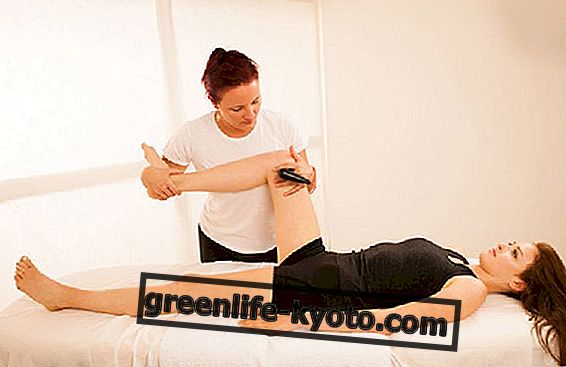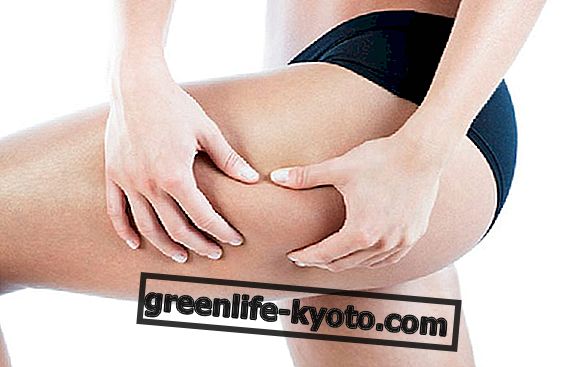
Vitamin D: vitamin or hormone? Both things.
The properties of vitamin D, in fact, can be taken with food; at the same time, however, vitamin D behaves like a hormone because it is also produced by our body, thanks to the exposure of the skin to the sun's rays, to then pass into other parts of the body and exercise its functions.
Properties of vitamin D
Vitamin D has many functions, essential for the health of the organism; it is especially important for the intestinal absorption of calcium and phosphorus and for their deposition at bone level; moreover some researches would demonstrate its importance for the prevention of some diseases.
Its properties are indispensable for the health of the skeleton at all stages of life, but they play an even more important role especially in children and the elderly . In fact, during the growth phase, vitamin D favors a correct development of the skeletal system; in the elderly, however, a deficiency of vitamin D can be the basis for bone loss and fractures.
Furthermore, vitamin D contributes to the health of the colon, the skin, the pancreas, the muscles and the nervous system . According to recent scientific studies, it is also very important for the immune system .
Vitamin D deficiency: symptoms, causes and diet
How to take vitamin D, guaranteeing the body the right amount?
Vitamin D2, of vegetable origin, is contained above all in yeasts, in some fungi such as Shiitake and in some algae; good sources of vitamin D3 are, instead, milk and derivatives, egg yolk and cod liver oil.
However, vitamin D is mainly derived from exposure to sunlight ; in fact, taking it with food is not enough .
To avoid the deficiency and guarantee the body all the vitamin D it needs, it is advisable to expose yourself to the sun every day, for a certain period of time; for example by taking a walk or practicing outdoor sports.
Does life run too fast to take a walk every day? It is not possible, because it is enough to change a few habits: take a walk on the road when you go to work, take the lunch break, walk to do some errands ...
How much time do you need to expose yourself to the sun? The body's production of vitamin D is influenced by the color of the skin:
> for people with fair skin, an exposure of about 10-15 minutes is sufficient;
> people with dark skin need an exposure period three to six times greater (depending on the color of the skin).
The indicated time requires that the skin of the face and forearms be exposed to the sun; if you find out more, the exposure period can be reduced.
To benefit from all the properties and fill up with vitamin D, you need to take advantage of the sunniest months ; during the summer, in fact, we store vitamin D also for the winter.
Obviously, however, a balance must be found between the need for vitamin D and the need to protect the skin ; in summer, therefore, the rule of avoiding exposure to the sun during the hottest hours and for too long a time is always valid.
It has been shown that staying in the sun for too long does not bring additional benefits ; for example, in people with fair skin, exposure for more than 20 minutes does not guarantee greater vitamin D production than a 15-minute exposure.
As for children, national and international guidelines recommend vitamin D supplementation in newborns from the first days of life, both in those who are breastfed, and in those fed with formulated milk.













